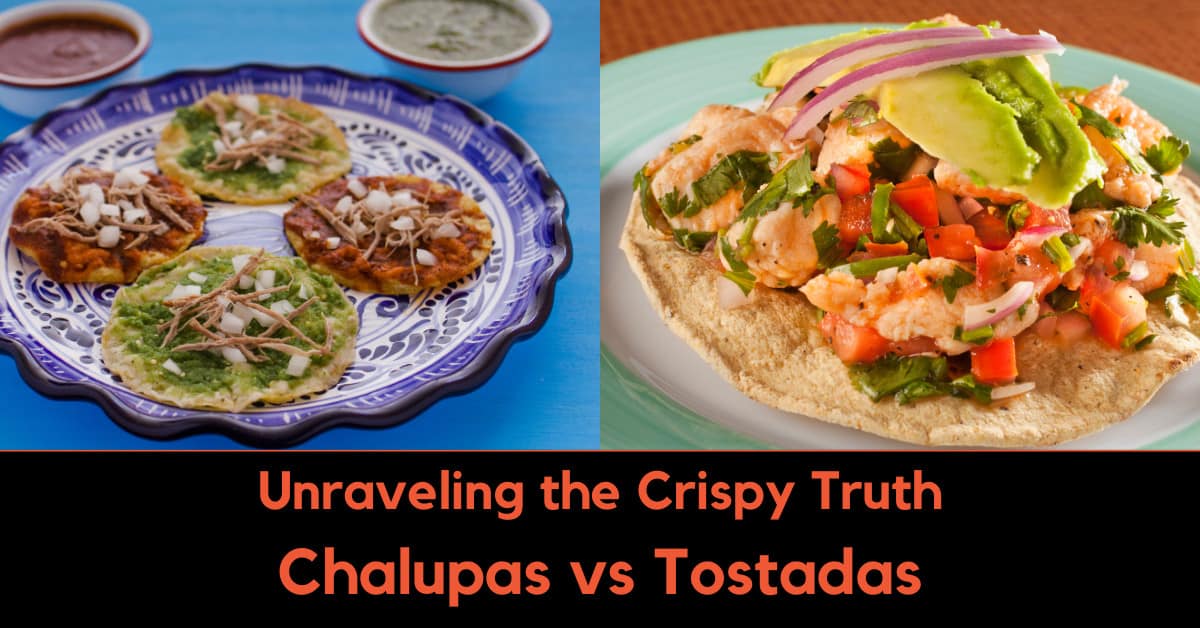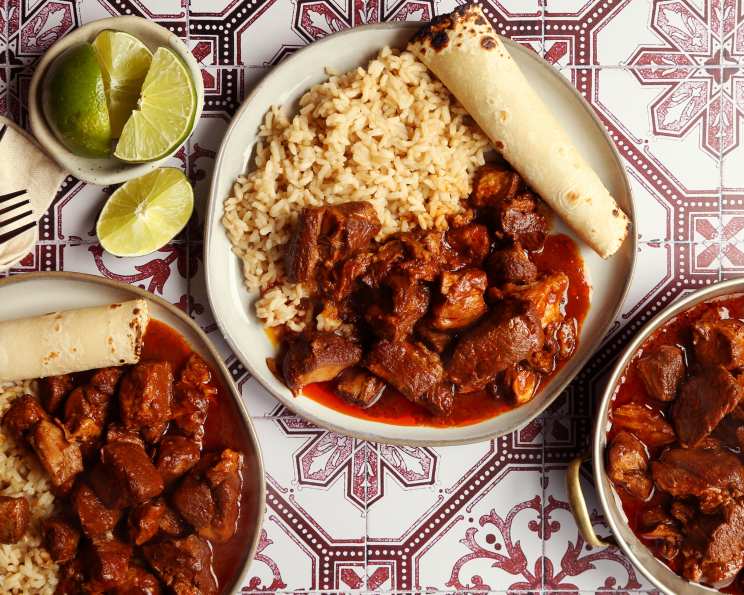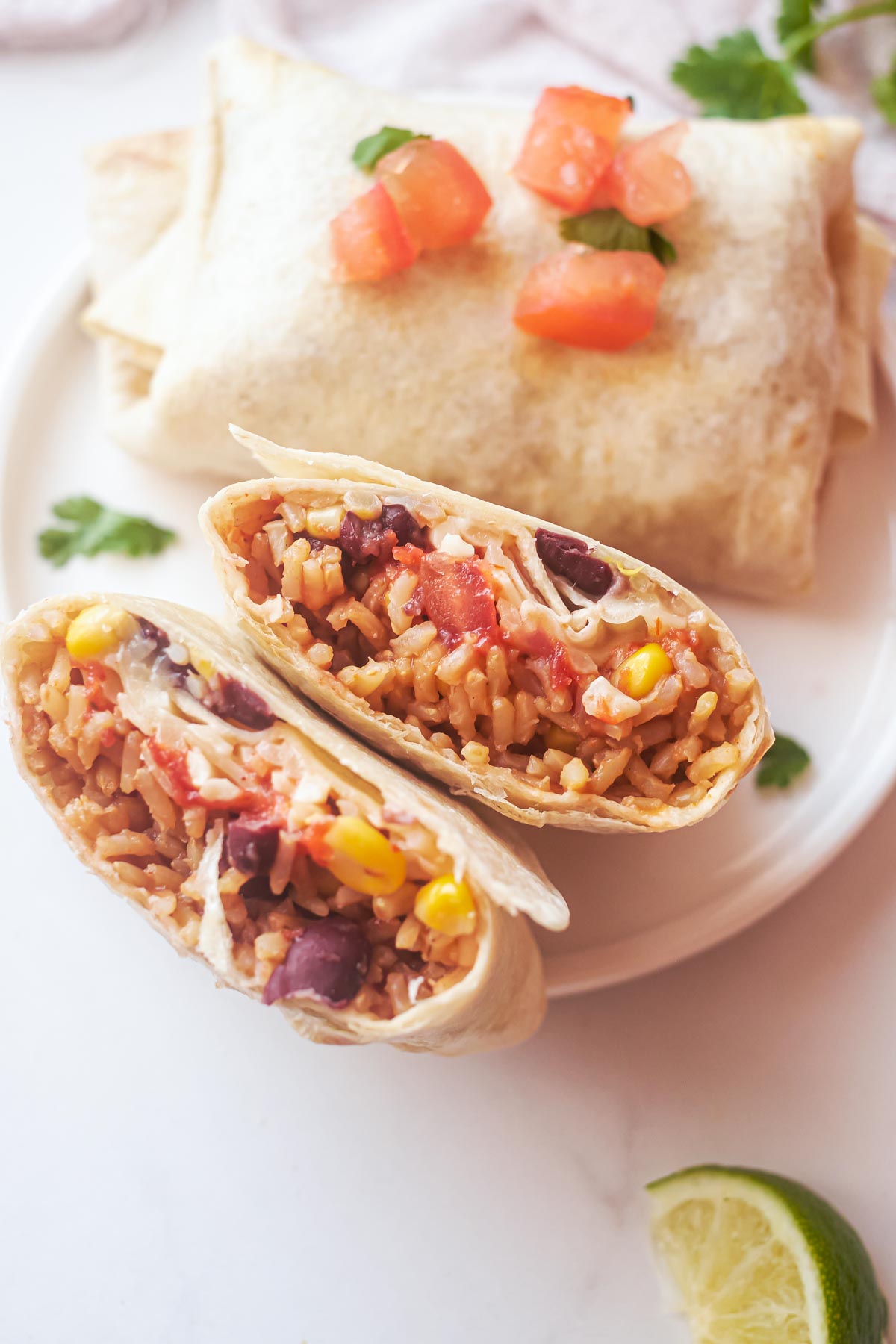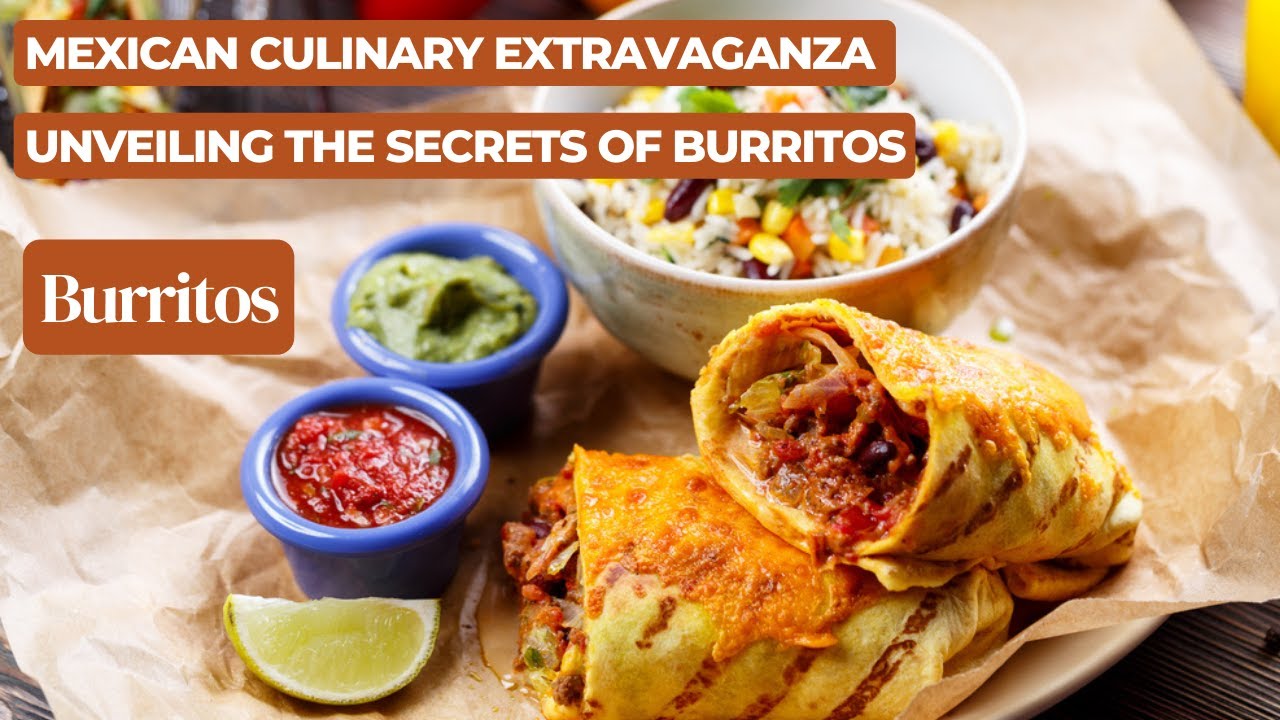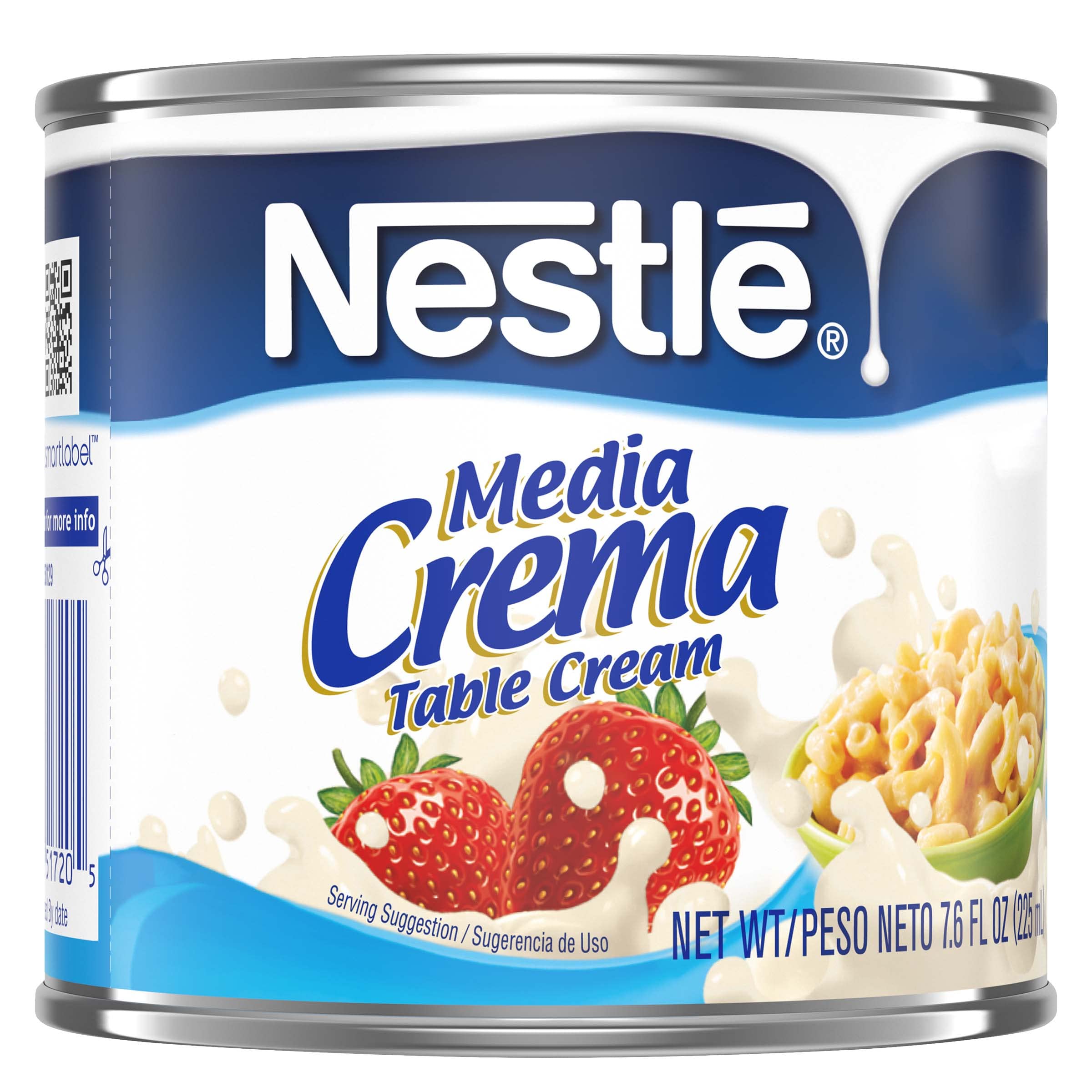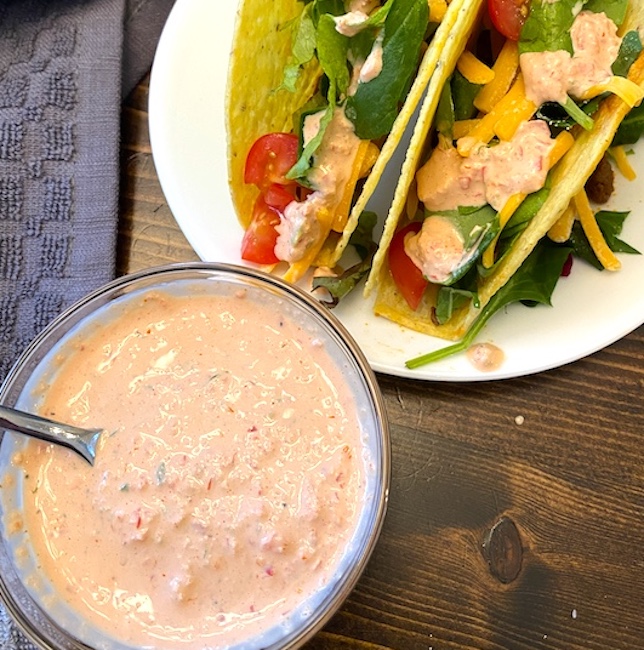Chalupa vs Tostada: Unraveling the Mexican Cuisine Delights
– Chalupa and tostada are two popular tortilla dishes in Mexican cuisine.
– Chalupa originated from the southern Mexican state of Puebla.
– Chalupa is a small, boat-shaped tortilla made from masa dough.
– The tortilla is deep-fried until golden and crispy.
– Chalupa is filled with ingredients such as refried beans, shredded beef, pork, or chicken, and topped with lettuce, cheese, salsa, and avocado.
– There are various types of chalupas with different toppings, including vegetarian options.
– Some chalupas are made specifically for breakfast and include scrambled eggs, cheese, potatoes, bacon, sausage, etc.
– Making chalupas at home requires deep-frying the tortillas.
– The article discusses the differences between chalupas and tostadas, two Mexican dishes made with tortillas.
– Chalupas are made by frying tortilla shells and topping them with refried beans, shredded meat (typically beef or chicken), lettuce, tomatoes, queso fresco, salsa, and avocado.
– Tostadas are made by toasting or deep-frying tortillas and topping them with refried beans, various cooked meats or seafood, cheese, lettuce, vegetables, and garnishes like avocado, sour cream, and salsa.
– Both chalupas and tostadas can be customized with different types of proteins and vegetables to suit personal preferences.
– Tostadas are made by frying or baking corn tortillas until crispy and then topped with refried beans, a protein such as chicken or beef, and various toppings such as lettuce, tomatoes, onions, cheese, and avocados.
– Chalupas have a concave shape that allows them to hold more fillings and are made from fresh tortillas that are deep-fried.
– Both tostadas and chalupas can be suitable for vegetarian diets by using grilled vegetables, beans, or plant-based meat substitutes.
– It is also possible to bake the tortillas for a healthier option instead of frying them.
